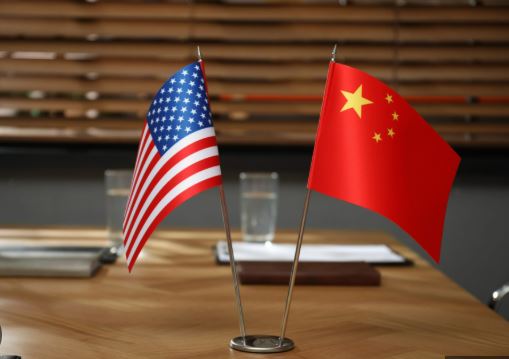China on Thursday confirmed its commitment to a recently announced trade agreement with the United States, underscoring the importance of mutual adherence to the deal’s terms.
The agreement follows a phone call last week between U.S. President Donald Trump and Chinese President Xi Jinping, which marked a significant step toward easing tensions in the long-running trade dispute between the world’s two largest economies.
Speaking at a regular press briefing, Chinese Foreign Ministry spokesperson Lin Jian stated, “China has always kept its word and delivered results. Now that a consensus has been reached, both sides should abide by it.”
The trade pact, which Trump has hailed as a breakthrough, represents a fragile truce in the bilateral economic standoff that escalated earlier this year. It builds upon a preliminary agreement reached in Geneva, which had stalled amid concerns over China’s continued restrictions on critical mineral exports.
Following the Trump-Xi call, additional negotiations were held in London, which U.S. officials say added substance to the Geneva framework. These talks reportedly helped resolve key sticking points and clarified terms related to tariff reductions and export controls.
Deal with China done – Trump
President Trump, posting on Truth Social, expressed satisfaction with the outcome. “Our deal with China is done, subject to final approval with President Xi and me,” he said. “Full magnets, and any necessary rare earths, will be supplied, up front, by China. Likewise, we will provide to China what was agreed to, including Chinese students using our colleges and universities (which has always been good with me!). We are getting a total of 55% tariffs, China is getting 10%.”
While Trump celebrated the deal’s provisions, many details remain undisclosed, including how the agreement will be enforced and what specific obligations each side has undertaken.
A U.S. official explained that the 55% tariff figure cited by Trump combines several components: a general 10% reciprocal tariff on most imports, a 20% levy on Chinese goods related to fentanyl concerns, and a pre-existing 25% tariff from Trump’s previous term.
On the Chinese side, questions remain over export curbs, particularly on rare earth minerals. When asked about the ongoing restrictions, a spokesperson from China’s Ministry of Commerce declined to specify how many export licenses would be approved this week. However, the spokesperson reaffirmed Beijing’s willingness to maintain open communication with trading partners.
“China is willing to further enhance communication and dialogue on export control with relevant countries, and promote the facilitation of compliant trade,” said ministry spokesperson He Yadong.
The full scope and implementation timeline of the trade deal are expected to emerge in the coming weeks, as both sides continue discussions and seek to stabilise economic relations.
Read also: China-US trade talks begin in Geneva



